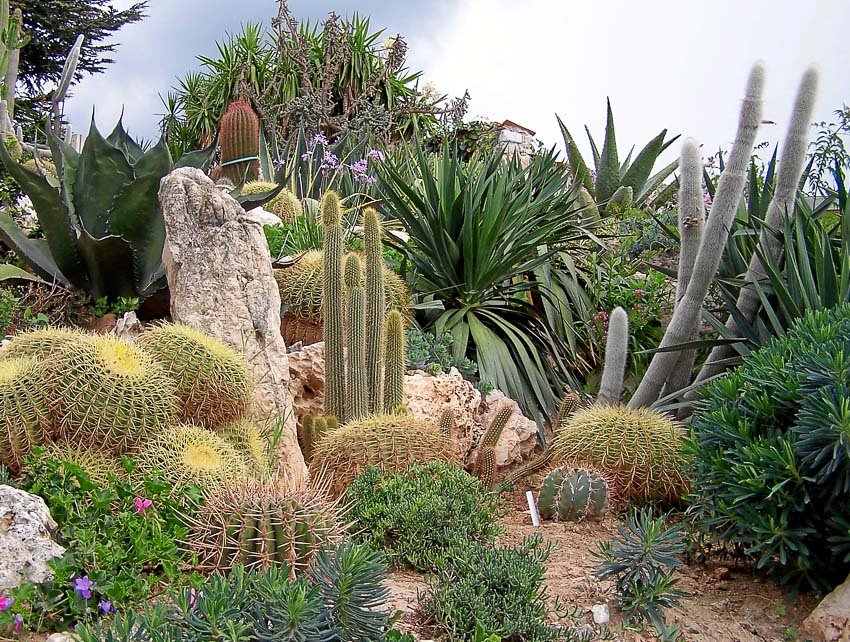Succulents are fun to grow, but even experienced gardeners sometimes have trouble caring for them. Learn how to care for succulents with these tips and tricks, and explore different types to grow indoors or outside, no matter where you live.
What are Succulents?
Succulents have fleshy, thick leaves and stems, usually for storing water so that they can survive in dry conditions. The term succulent comes from the Latin word sucus, which means “juice.”
Succulents come in various shapes, sizes, and colors and are predominantly native to Africa and the Americas. They come from many different plant families, as they aren’t a taxonomic category. Although some plant families are mostly comprised of succulents, it isn’t a botanical term.
Cacti and succulent plants are similar, but the main difference is that cactus are all in the same family, Cactaceae. While all cactus plants are technically succulents, not all succulents are cactus plants, so they are often referred to separately.
Exploring the Different Types of Succulents
Who knew that you could consider plants “cute” or “adorable”? Succulents have been increasing in popularity along with their fame on social media because they have a natural charm.
There are over 10,000 types of succulents. Some of them are well-known indoor plants, and some people fondly grow them outdoors. Here are the most popular genera of succulents, listed by family.
Asphodelaceae Family
The Asphodelaceae Family comprises 40 genera and about 900 species, so it’s relatively small compared to other plant families. The plants in this family are mostly native to Africa and are popular ornamental plants. Aloe, gasteria, and haworthia are in this family.
Aloe
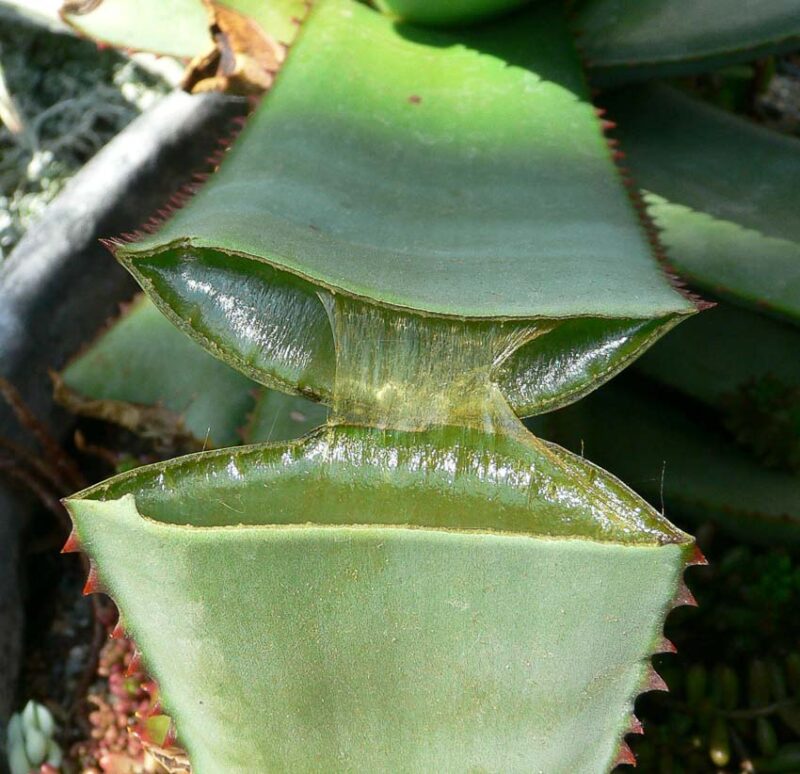
There are over 650 succulents in the Aloe Genus. The most well-known species is Aloe vera, which people use for its medicinal properties. Many other colorful species exist, but the cold hardiest can only tolerate temperatures from 20ºF to 25ºF (-6ºC to -4ºC).
Gasteria
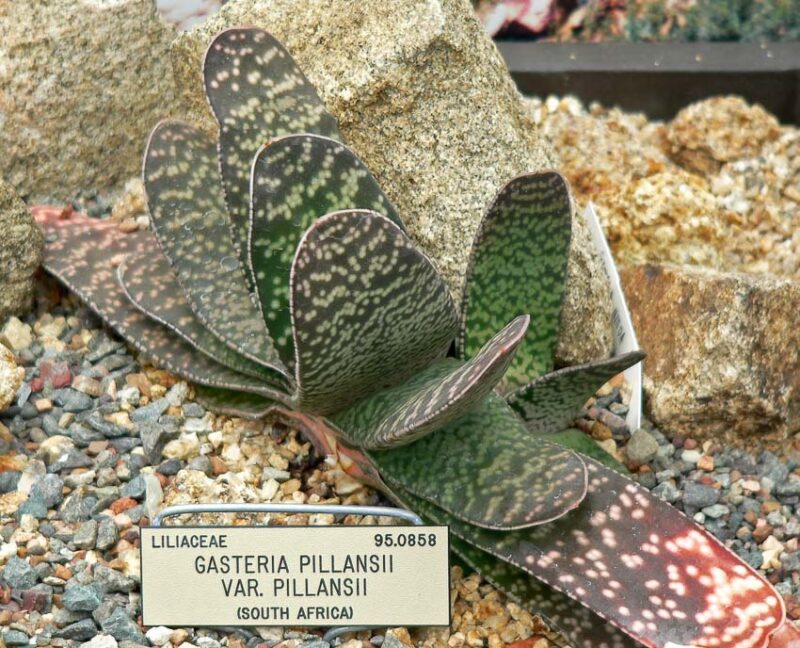
There are 16 species in the Gasteria Genus, which is named for the stomach-shaped flowers that grow in these species. These succulents have tongue-shaped leaves in various sizes, with leaves ranging from one inch to over a foot.
They grow in USDA Hardiness Zones 9 to 11.
Haworthia
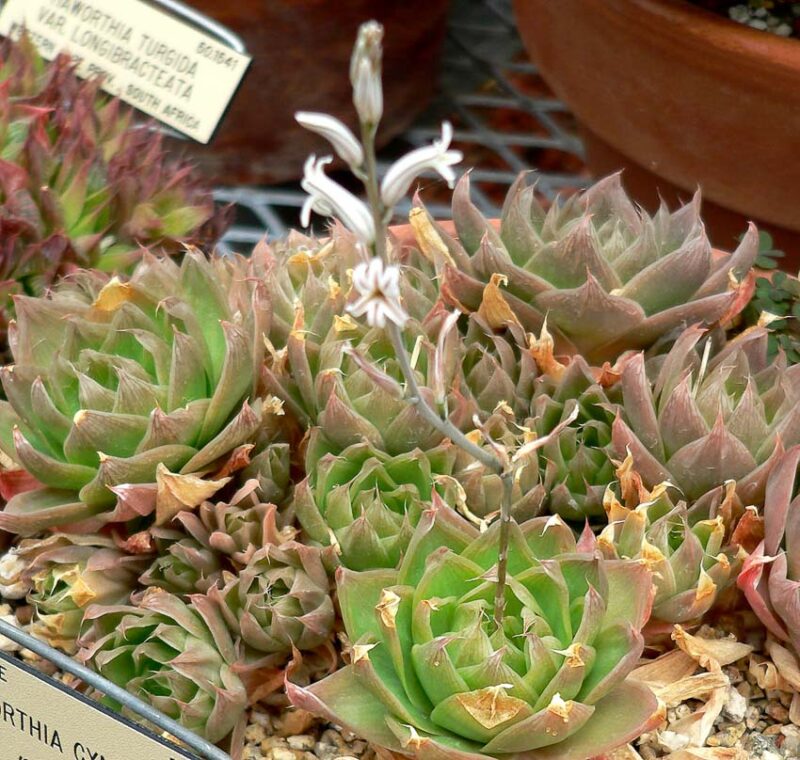
Species in the Haworthia Genus are small succulent plants closely resembling aloes. They are well-known houseplants with at least 60 named species and over 150 cultivars.
Asparagaceae Family
The Asparagaceae Family, or Asparagus Family, has 153 genera and over 2,500 species. It includes asparagus, hostas, yuccas, and agaves.
Read up on plants like hostas in related stories, including Dog-Friendly Landscaping and How to Grow Grass in the Shade!
Agave
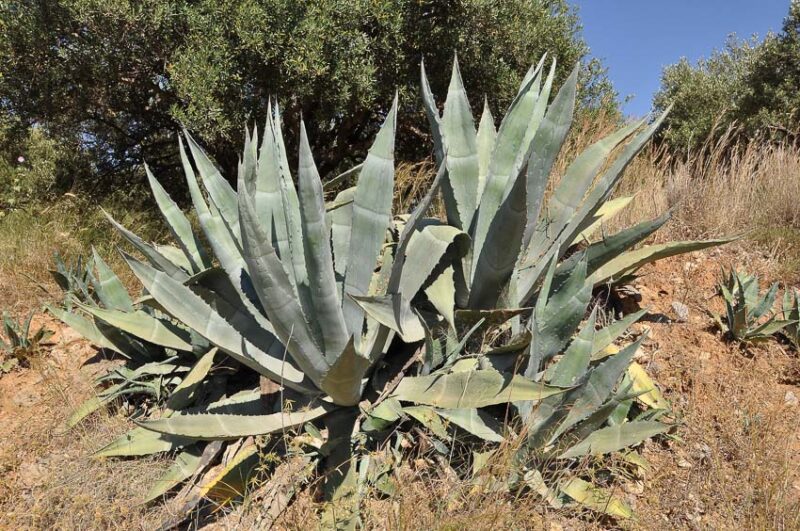
People use some species in the Agave Genus for food crops and tequila production. There are over 200 species in this genus, some of which see use as landscape and outdoor container plants.
Yucca
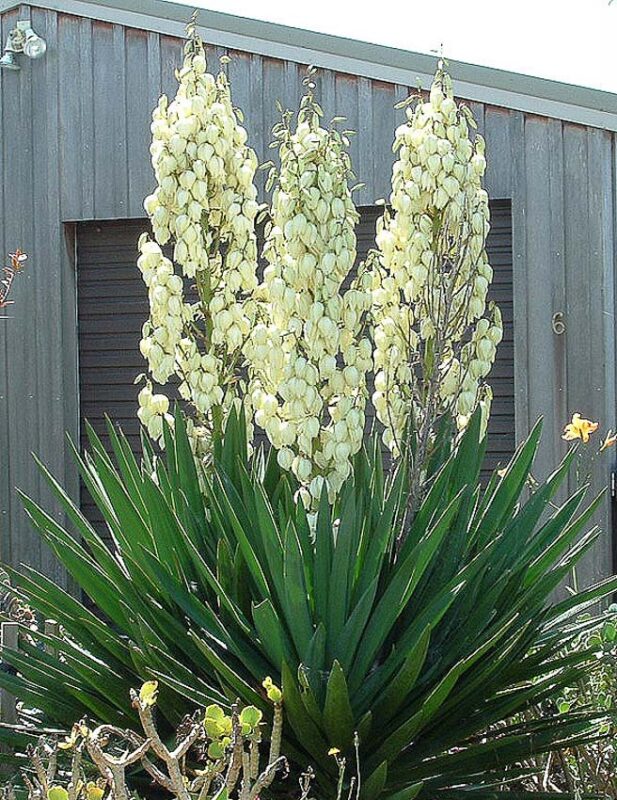
Another genus of succulents is the Yucca Genus, which comprises about 40 to 50 species. Growers often use them as architectural plants, especially in landscape design because of their striking features.
Cactaceae Family
The Cactus Family comprises about 131 genera of succulent plants, and they are widely adapted to the driest places in the world. Mammillaria and opuntia cacti are popular succulents.
Mammillaria
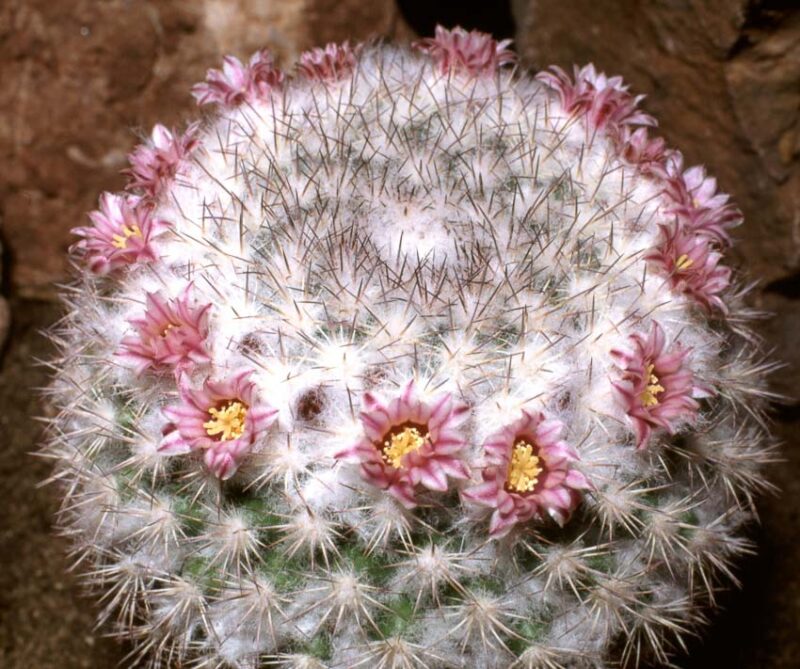
Knowing how to care for the Mammillaria Genus of succulents comprises over 200 species and is the largest of the Cactus Family. They are also called globe cacti and have a distinctly round shape. The Ladyfinger Cactus is among the best-known succulents in this genus.
Opuntia
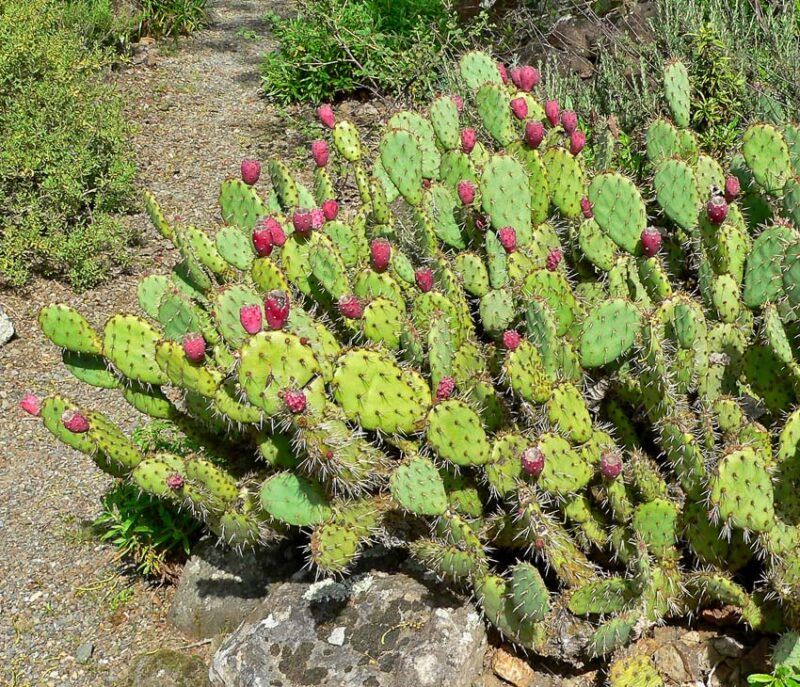
The cactus in the Opuntia Genus, which includes the prickly pear cactus, are easy to differentiate because of their edible paddles. They also flower and bear fruit.
You can grow some species of Opuntia in climates as cold as Zone 4.
Crassulaceae Family
The Crassulaceae Family, also called the stonecrop or orpine family, includes species from several genera. They use a distinct type of photosynthesis known as Crassulacean acid metabolism to adapt to arid conditions.
Aeonium
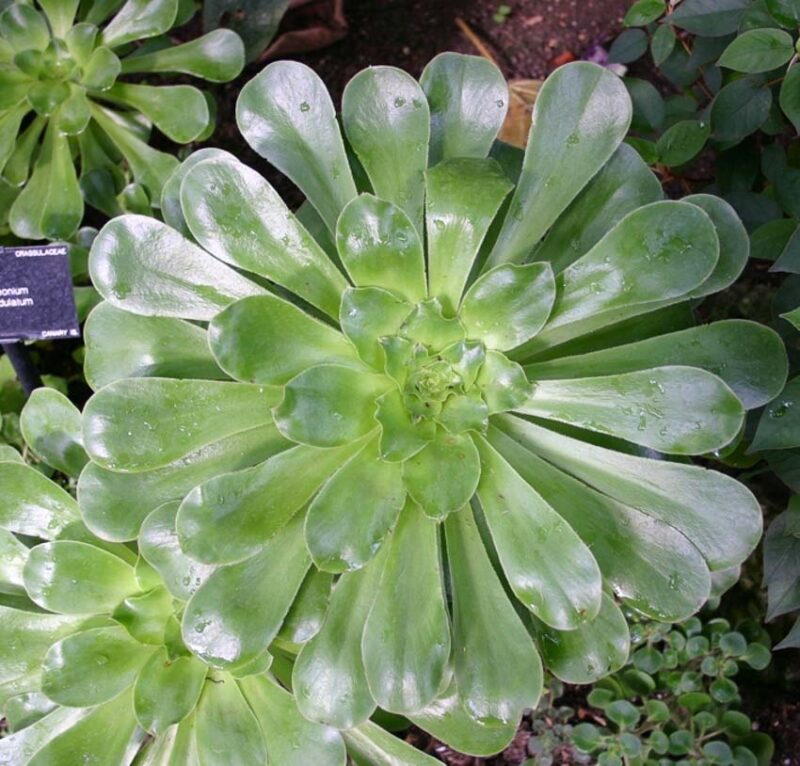
Also known as tree house leeks, Aeonium is a genus of 35 plants with showy rosettes. Knowing how to care for these succulents involves giving them bright sunlight, dry conditions, and planting them in cold-hardy Zones 9 to 11.
You can grow them indoors in other climates.
Echeveria
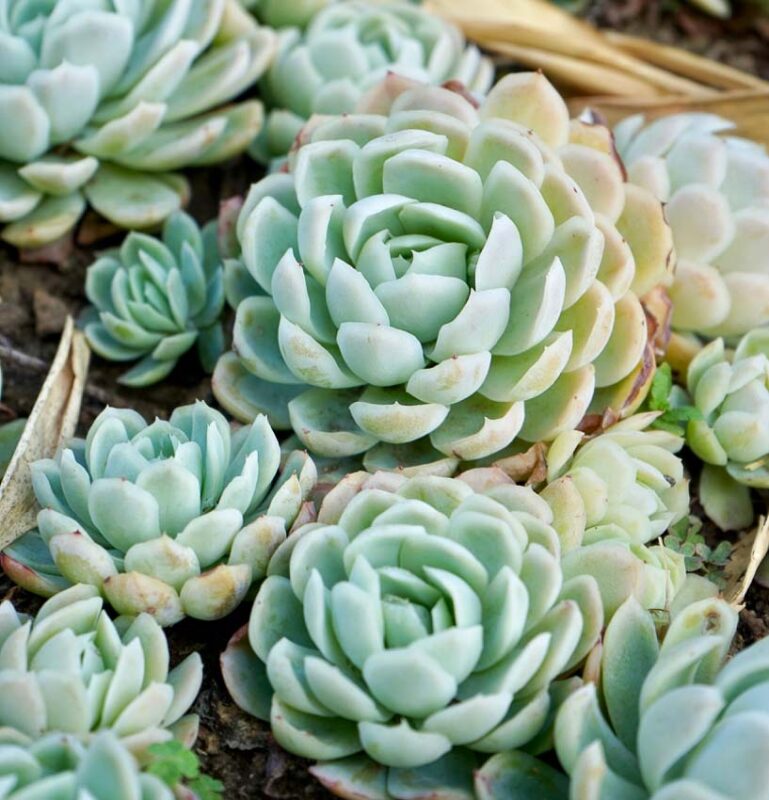
There are over 150 species in the Echeveria Genus. Some of them are cold-hardy, while others are not. Many species of echeveria see use as ground cover to help prevent erosion and suppress weeds in dry climates.
Kalanchoe
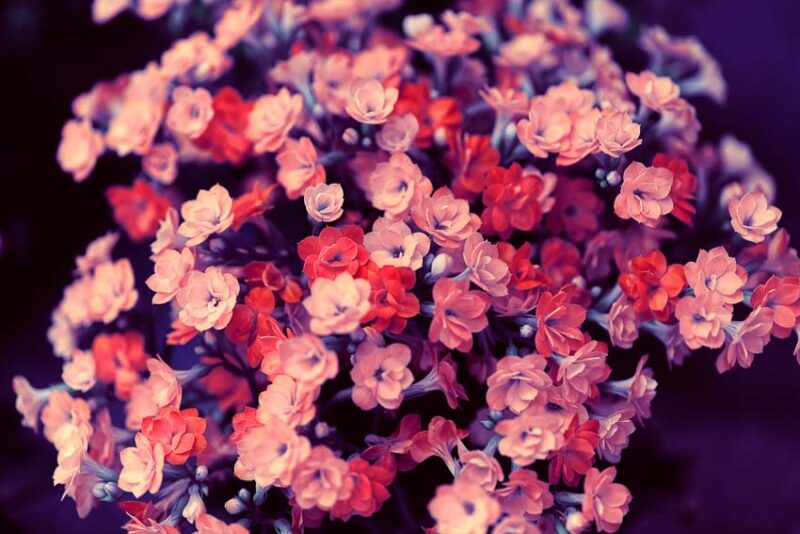
The succulents in the Kalanchoe Genus are popular in arrangements, and they propagate easily. Use caution around pets and children, as most of them are toxic.
Sedum
Like echeveria, some members of the Sedum Genus are cold-hardy, and some aren’t. There are about 500 species of sedum, and they are commonly known as stonecrops.
There are annual, biennial, and perennial species in this genus.
Sempervivum
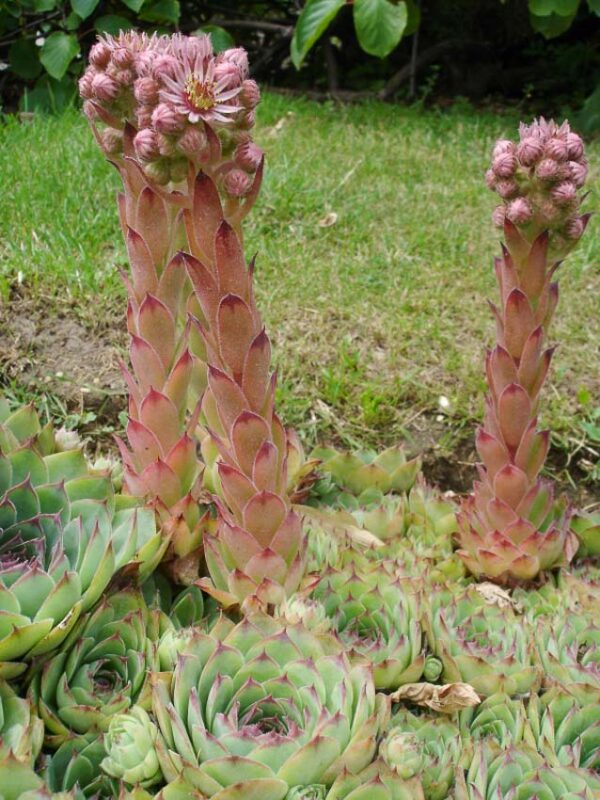
The well-known “hens and chicks” succulents are in the Sempervivum Genus, which contains about 40 species. They are one of the cold hardiest succulents, able to withstand temperatures down to -30ºF (-34ºC).
Euphorbiaceae Family
The spurge family, Euphorbiaceae, comprises almost 7,000 species in over 200 genera. Many species have white sap, similar to latex, that can cause skin allergies.
Euphorbia
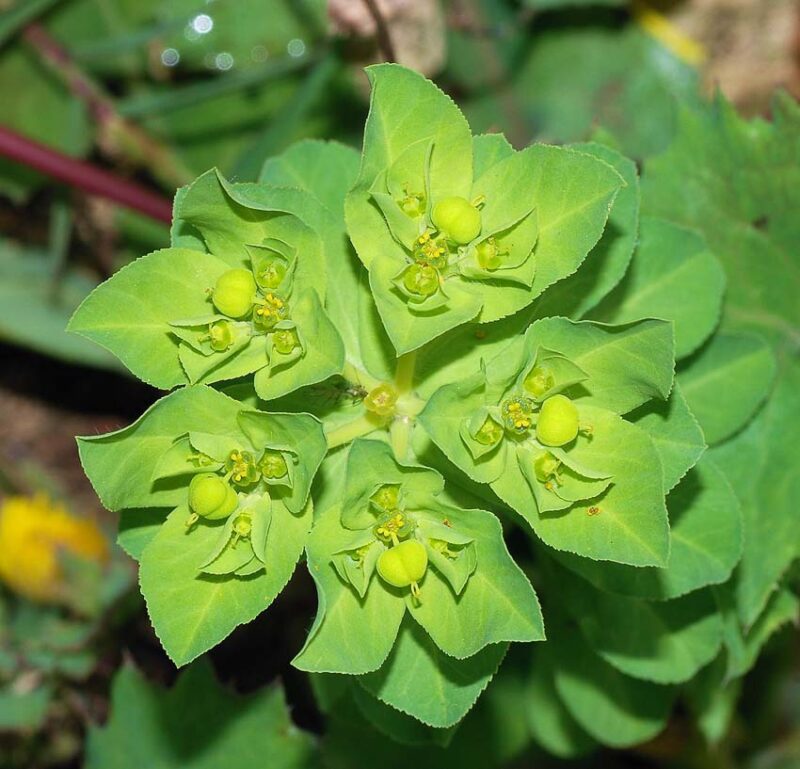
People often mistake succulent members of the Euphorbia Genus for cactus. There are over 2,000 species in this diverse genus, including poinsettias. About 1,200 species of Euphorbia are succulents.
How to Care for Succulents: Essential Tips
One of the main reasons succulents are so popular is that they are easy to grow. They are often grouped together in living arrangements, which adds to their appeal. Learn more about caring for succulent plants so you can grow these charming plants successfully.
Ideal Lighting Conditions for Succulents
Many succulents are native to desert regions with plenty of bright sunlight, and it can be hard to mimic these light conditions indoors. If you’re growing succulents inside, place them on a south-facing window so they get the most sunlight.
Several species of succulents grow in low-light conditions, so don’t despair if you have a dark office or room and still want to grow succulents. Aloe vera and jade plants are the best succulents for low-light areas. You can also consider using energy-efficient LED grow lights. Since they don’t produce heat, they won’t burn your plants’ leaves.
For outdoor succulents, choose a spot with morning sun and afternoon shade because full sun all day can make their leaves frail. When you’re unsure how much sun your succulent likes, remember that light-colored varieties like more shade, and darker succulents prefer more sun.
Proper Watering Techniques for Succulents
You can’t neglect succulents completely, but they prefer the soak-and-dry method of watering. It’s much more likely for people to overwater succulents than underwater them.
Succulents have specialized cells in their leaves and stems that allow them to store water. When water is available, these cells are filled with water and swell like tiny water balloons. During drought conditions, the plants use the stored water, which is how they survive in the desert.
When you overwater succulents, they continue to take in water, and the tiny water balloon cells burst, which causes the plants to get mushy and rot. You can revive a drowned succulent by removing the decaying leaves and repotting it in new soil.
Appropriate Soil and Fertilizer Choices for Succulents
Choose well-drained soil for your succulents. If your soil is heavily compacted clay, add amendments like sand, perlite, or vermiculite to improve drainage.
For potted succulents, you can make a DIY potting soil for succulents using this recipe:
- 1 part perlite or pumice
- 2 parts sharp sand
- 2 parts potting soil or compost
Knowing how to care for succulents and cacti involves making potting soil, and that is not an exact science. You can add a little more or less of each ingredient. Don’t be afraid to substitute pea gravel for part of the perlite or sand if that’s all you have.
Outdoor succulents don’t really need fertilizer to survive, but if you want to encourage lush growth, use a slow-release fertilizer in the spring. Top-dressing your succulents with manure or compost once a year is adequate.
Potted succulents, on the other hand, grow much better with fertilizer. Choose a fertilizer with an NPK ratio of 1-1-1 or 1-2-1 and use it up to once per month.
Caring for Indoor Succulents
Not all succulents can be grown indoors, but you still have hundreds of well-known species to choose from. Discover tips for selecting and caring for succulents indoors.
Picking the Right Indoor Succulents
Here are five tips for selecting the best indoor succulents:
- Color– choose light-colored species and avoid colorful succulents
- Growth– select slow-growing species, like jade plants, echeveria, and gasteria
- Healthy– only purchase undamaged plants
- Bug-free– always inspect a new plant for bugs before buying it
- Size– larger plants are older and more established and will be more likely to survive
How to Care for Indoor Succulents
Succulents, particularly those growing indoors, don’t like to have water on their leaves, especially in areas of high humidity. Using a squeeze bottle to deliver water to the soil and keep it off the plant’s leaves is better than misting them.
The best pots for succulents are made from porous materials like clay, which naturally drain better. Succulents don’t tolerate consistently wet roots, so always choose a pot with drainage holes. Use well-drained potting soil designed for cacti and succulents.
You can give your indoor succulents a summer vacation by letting them spend the summer on the deck. Just make sure they have the right light conditions to avoid burning them. Also, take heavy rains into consideration when determining when to water them.
How to Care for Succulents Outdoors
There are thousands of species of outdoor succulents to choose from, but you need to check your hardiness zone to make sure they can survive the winter in your yard.
Selecting Suitable Outdoor Succulents
For beginners, there are many species of suitable outdoor succulents readily available, including echeveria, sempervivum, haworthia, and sedum species.
If you’re looking to branch out and try some new cultivars in your succulent garden, consider giving these species a try:
- Artichoke agave (Agave parryi)
- Adam’s needle (Yucca Filamentosa)
- Pale-leaf yucca (Yucca pallida)
- Pink Ice plant (Lampranthus deltoides)
- Dunce cap (Orostachys iwarenge)
- Prickly pear cactus (Opuntia ‘Compressa’)
How to Care for Outdoor Succulents
How to take care of succulents starts with well-drained soil and plenty of space. Be sure to plant them with plants that like similar soil conditions, and water them deeply but infrequently. A light fertilizer once a year is enough to encourage lush growth.
How to Care for Succulents FAQs
Q1: How Often Should I Water My Succulents?
Only water your succulents when their soil is completely dry. Inside succulents don’t need to be watered more often than once weekly in the summer and up to once every two to three weeks in the winter. Outdoor succulents can go up to ten days without water, even during the summer, and may not need to be watered during the winter, depending on your climate.
Q2: Why are My Succulents Turning Yellow?
Both overwatering and underwatering can cause your succulent’s leaves to turn yellow. Remember to use a pot with good drainage and let the soil dry completely between thorough soakings.
Q3: Can I Propagate My Succulents, and How?
Most succulents propagate prolifically, and the dry propagation method is one of the easiest ways. Take healthy, plump leaves from a parent plant, and place them in an airy location, away from direct sunlight, but don’t water them. After about 4 to 8 weeks, roots will form on the new pup plants that form, and you can plant them.
Q4: Do Succulents Need Direct Sunlight?
Succulents do best with at least six hours of sunlight daily, but if you don’t have enough light, you can choose low-light succulents like Aloe vera or jade plants.
Q5: How Do I Re-pot My Succulents Safely?
Succulents don’t require frequent repotting. Usually, once every two to three years is adequate. Repotting is best done in early spring. Prepare a new container with a small bit of well-drained soil at the bottom. Take your succulent out of its old container and place it in the new pot, adding soil to the base of the plant. Be sure to use a container that has holes in the bottom.

